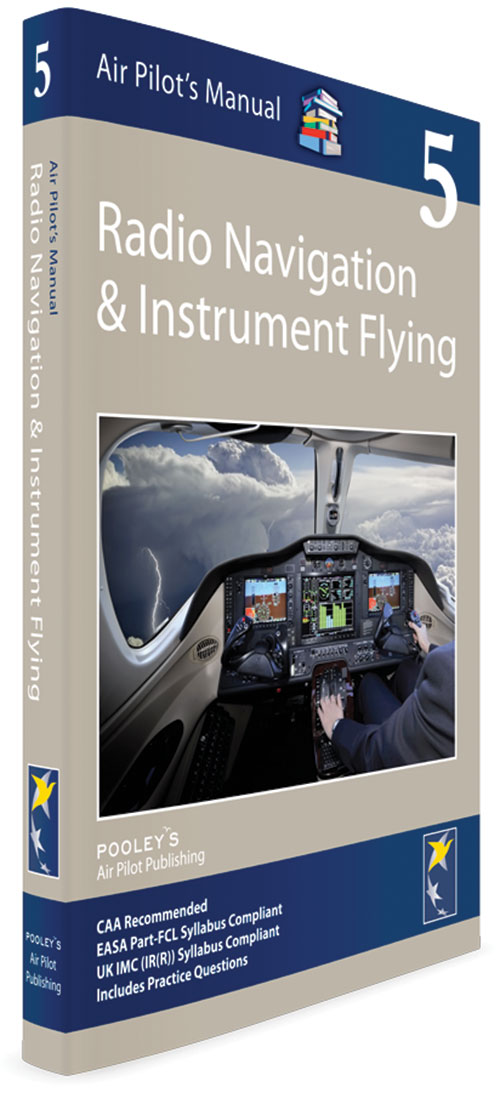

If the mass of air is moving across the course from the left, the airplane will drift to the right, and a correction must be made by heading the airplane sufficiently to the left to offset this drift. The wind will drift the airplane to the right, so the track will fall to the right of the desired course or true course.įigure 3: Effects of wind drift on maintaining desired course.īy determining the amount of drift, the pilot can counteract the effect of the wind and make the track of the airplane coincide with the desired course. If the airplane’s heading coincides with the true course and the wind is blowing from the left, the track will not coincide with the true course. The angle between the heading and the track is drift angle. Its actual path over the ground, which is a combination of the motion of the airplane and the motion of the air, is track. The direction in which the plane is pointing as it flies is heading. It also can be determined before flight by constructing a wind triangle, which will be explained later on this page.įigure 2: Airplane flightpath resulting from its airspeed and direction, and the windspeed and direction. The groundspeed can be computed by the time required to fly between two points a known distance apart. Groundspeed can be measured as the distance from the point of departure to the position of the airplane at the end of 1 hour. Under these circumstances, the airspeed remains 120 knots, but the groundspeed is determined by combining the movement of the airplane with that of the air mass. It will be 20 miles south because of the motion of the air. On the other hand, if the mass of air is moving westward at 20 knots, the airspeed of the airplane still remains the same, but groundspeed becomes 120 minus 20 or 100 knots.Īssuming no correction is made for wind effect, if the airplane is heading eastward at 120 knots, and the air mass moving southward at 20 knots, the airplane at the end of 1 hour will be almost 120 miles east of its point of departure because of its progress through the air.
AIR NAVIGATION BOOK PLUS
If the mass of air is moving eastward at 20 knots, the airspeed of the airplane will not be affected, but the progress of the airplane over the ground will be 120 plus 20, or a groundspeed of 140 knots. Airspeed, the rate at which an airplane moves through the air, is not affected by air motion.Īs shown in figure 1, an airplane flying eastward at an airspeed of 120 knots in still air, will have a groundspeed exactly the same-120 knots.

In reference to the ground, however, the airplane would appear to fly faster with a tailwind or slower with a headwind, or to drift right or left with a crosswind.įigure 1: Motion of the air affects the speed with which airplanes move over the Earth’s surface. So far as the airplane’s flight through the air is concerned, it makes no difference whether the mass of air through which the airplane is flying is moving or is stationary.Ī pilot flying in a 70-knot gale would be totally unaware of any wind (except for possible turbulence) unless the ground were observed. the forward movement of the airplane through the air mass.Īctually, these two motions are independent.

AIR NAVIGATION BOOK FREE
Under these conditions, any inert object free from contact with the Earth will be carried 25 NM southward in 1 hour. When the wind is blowing from the north at 25 knots, it simply means that air is moving southward over the Earth’s surface at the rate of 25 nautical miles (NM) in 1 hour. As discussed in the study of the atmosphere, wind is a mass of air moving over the surface of the Earth in a definite direction.
AIR NAVIGATION BOOK HOW TO
Explained how to measure a true course on the aeronautical chart and how to make corrections for variation and deviation, but one important factor has not been considered-wind.


 0 kommentar(er)
0 kommentar(er)
